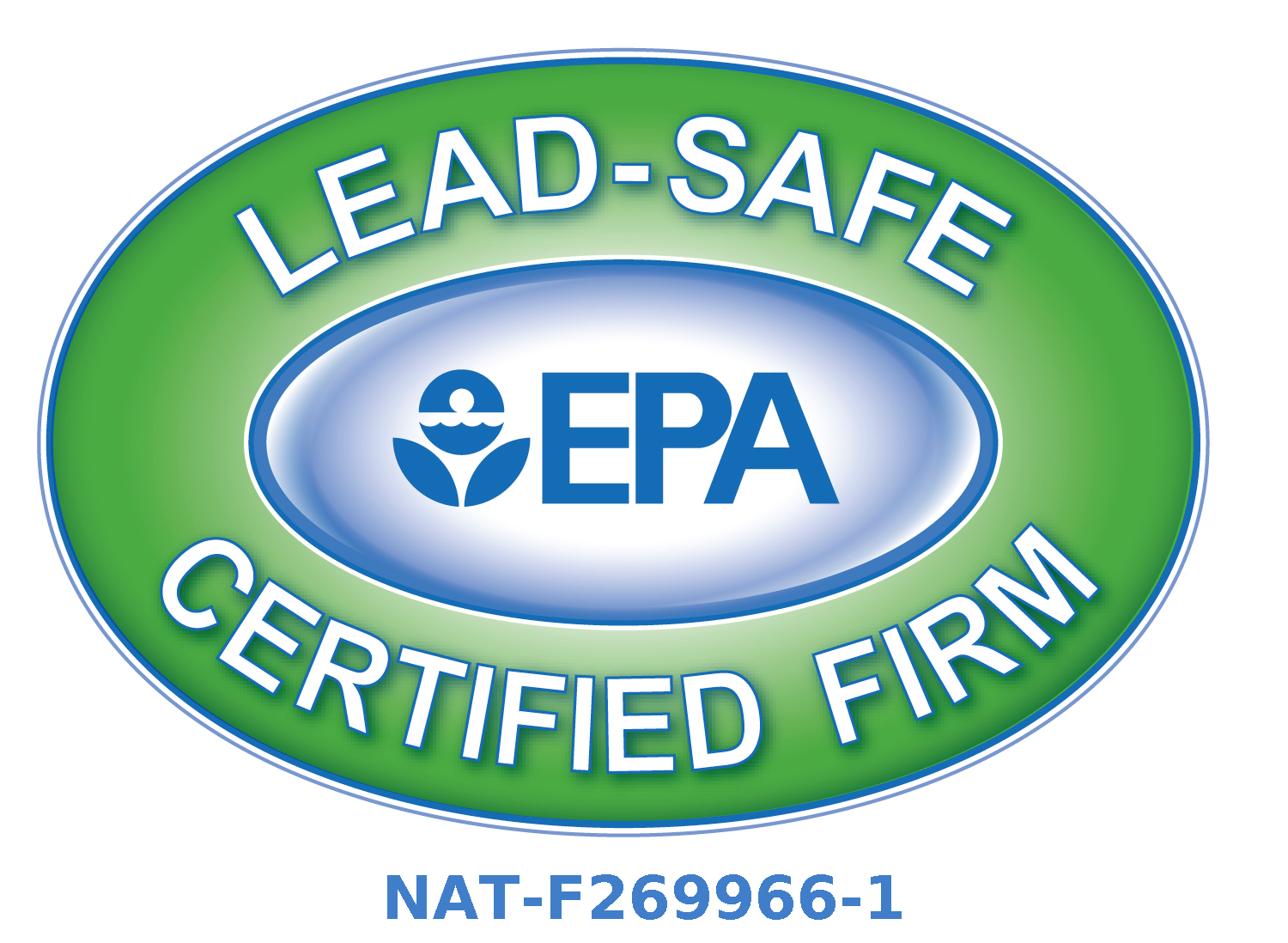Knowledge Center: Your Go-To Resource for ADUs and Tiny Living
Knowledge Center: Your Go-To Resource for ADUs and Tiny Living
Email [email protected]
Phone 860-TINY-HOM (es)

Winterizing Your ADU in Connecticut: Tips for Cold-Weather Comfort
As the seasons change and the temperature drops, preparing your Accessory Dwelling Unit (ADU) for winter becomes crucial. Connecticut winters can be harsh, with snow, freezing rain, and sub-zero temperatures. Properly winterizing your ADU ensures that it remains a warm, comfortable, and functional space all season long.
Whether you use your ADU as a rental, home office, or multigenerational living space, these essential tips will help you protect your investment and keep your occupants cozy throughout the winter months.
Why Is Winterizing your ADU Important?
Winterizing your ADU protects it from potential damage caused by freezing temperatures and helps maintain energy efficiency. Failing to winterize can result in issues like frozen pipes, drafts, high heating bills, and damage to roofing or siding. By taking the necessary precautions, you can avoid costly repairs and ensure that your ADU is comfortable and functional no matter how cold it gets.

Key Benefits of Winterizing
Prevents frozen pipes and water damage
Improves energy efficiency, lowering utility costs
Enhances comfort for occupants
Reduces the risk of structural damage due to ice and snow accumulation
Insulating Your ADU for Winter
Proper insulation is critical for keeping your ADU warm and energy-efficient during the colder months. Ensure that your ADU has adequate insulation in the walls of each room and floors to minimize heat loss. If you haven’t already, consider upgrading to high-efficiency insulation materials to keep the warmth in and the cold out.

Focus Areas for Insulation
Walls: Check existing insulation and add more if needed. Spray foam or fiberglass insulation works well in these areas.
Floors: If your ADU is raised, make sure the floor is insulated to prevent drafts from beneath.
Doors and Windows: Seal gaps around doors and windows with weatherstripping or caulk to keep drafts out.
Protecting your ADU’s Plumbing
Frozen pipes can be a major concern in Connecticut’s cold winters, potentially leading to burst pipes and water damage. Taking steps to protect your ADU’s plumbing system can save you from expensive repairs.
How to Protect Pipes
Pipe Insulation: Wrap exposed pipes in foam insulation, especially in areas like basements, garages or crawl spaces.
Drip Faucets: Allow faucets to drip slightly during extreme cold to prevent freezing.
Shut-Off Valves: Know where your main shut-off valve is in case of emergency. You may also consider installing a separate shut-off valve for the ADU to make winterizing simpler.
Weatherproofing your ADU’s Exterior
Winter weather, including snow and ice, can take a toll on your ADU’s exterior. Weatherproofing the exterior of your unit will help keep it in top condition and prevent damage during winter storms.
Steps for Weatherproofing
Check Roof and Gutters: Inspect your roof for damaged shingles or leaks, and clean gutters to prevent ice dams from forming.
Seal Windows and Doors: Apply caulking or weatherstripping to seal gaps and prevent drafts.
Install Storm Doors and Windows: Adding storm doors and windows offers an extra layer of protection against cold and wind.

Heating Solutions for your ADU
Keeping your ADU warm without breaking the bank is important during Connecticut’s long winters. Choosing an energy-efficient heating system is key to maintaining comfort while keeping costs down.
Popular Heating Options for ADUs
Ductless Mini-Split Systems: These systems offer heating and cooling in one, and are highly efficient for small spaces like ADUs.
Radiant Floor Heating: If your ADU is built on a slab or raised, radiant floor heating can be a comfortable and energy-efficient option.
Programmable Thermostats: Installing a programmable thermostat allows you to optimize your heating schedule, saving energy when your ADU is not in use.
Snow and Ice Management for your ADU
Connecticut winters bring heavy snow, so it’s important to have a plan for snow and ice removal. Keeping pathways clear and preventing ice buildup on the roof and around the foundation is crucial for safety and preventing structural damage.
Best Practices for Snow and Ice Management
Clear Roof Snow: Use a roof rake to remove snow buildup and prevent ice dams from forming.
De-Ice Pathways: Use salt or a deicer to keep walkways and entrances to your ADU safe.
Prevent Ice Dams: Insulate the roof and make sure your attic is properly ventilated to prevent ice dams that can damage your ADU’s roof and walls.

Winterizing Outdoor Spaces Around Your ADU
Don’t forget to winterize any outdoor spaces connected to your ADU, such as patios, decks, or outdoor plumbing.
Steps for Winterizing Outdoor Spaces
Disconnect and Drain Outdoor Faucets: Remove hoses and drain faucets to prevent freezing.
Store Outdoor Furniture: Protect your patio furniture by storing it indoors or covering it with weatherproof covers.
Winterize Landscaping: Trim trees and bushes around your ADU to prevent snow-laden branches from damaging your unit.
Long-Term Benefits of Winterizing your ADU
Investing in proper winterization not only protects your ADU during the cold months but also provides long-term benefits. A well-insulated, energy-efficient ADU can lead to lower energy bills, fewer repairs, and a more comfortable space year-round.
Key Long-Term Benefits
Reduced Energy Costs: Proper insulation and energy-efficient heating solutions can significantly lower your utility bills.
Extended Lifespan of Your ADU: Winterizing protects your unit from structural damage caused by freezing, snow, and ice.
Increased Comfort: A well-prepared ADU ensures that it’s comfortable for occupants, even in the harshest winter conditions.
Conclusion
Winterizing your ADU is essential for protecting it from Connecticut’s cold winters while maintaining energy efficiency and comfort. By following these steps, you can ensure your ADU remains in great shape, keeping your family, guests, or tenants warm and safe throughout the season.
At Contemporary Tiny Homes, we’re experts in designing ADUs built to withstand the elements. Whether you’re considering building a new ADU or need advice on winterization, our team is here to help. Ready to build an ADU? Schedule your free consultation to get started.

Copyright 2025. All rights reserved. Norwalk, CT
Connecticut's New Home Construction Contractor License: #NHC.0017654
EPA Lead-Safe Certified NAT-F269966-1


